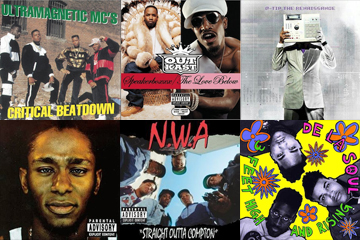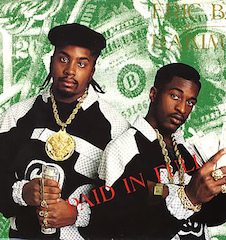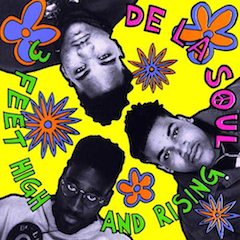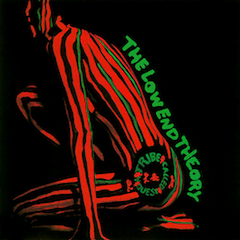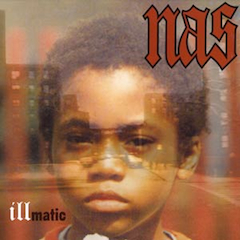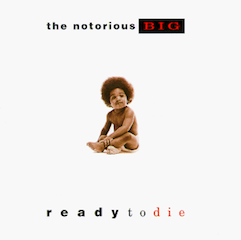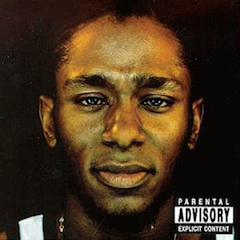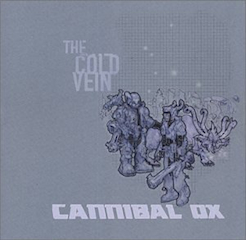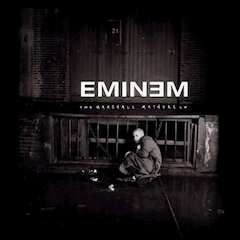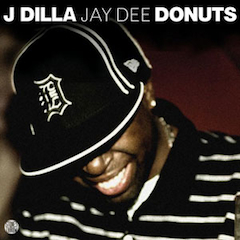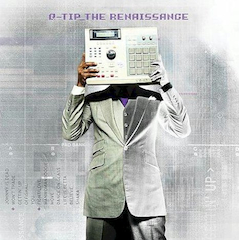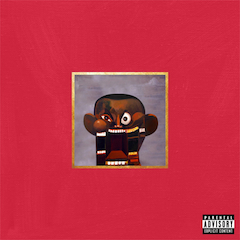Ask fifty people (which I did, at least) and you’ll probably get fifty different answers (which I did, at least). Working out the best 20 is not really easier; in fact it may be even harder.

Public Enemy
Any list like this quickly runs into the usual problems, not least of which is defining what “best” actually means. Most commercially successful? Most influential? Most critically revered? You have to settle on something and in the end a mix of influential, groundbreaking and timeless seemed right – with a bias towards innovative and game-changing rather than albums that sold the most units, if only to avoid MC Hammer making the list.
